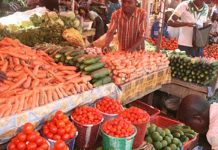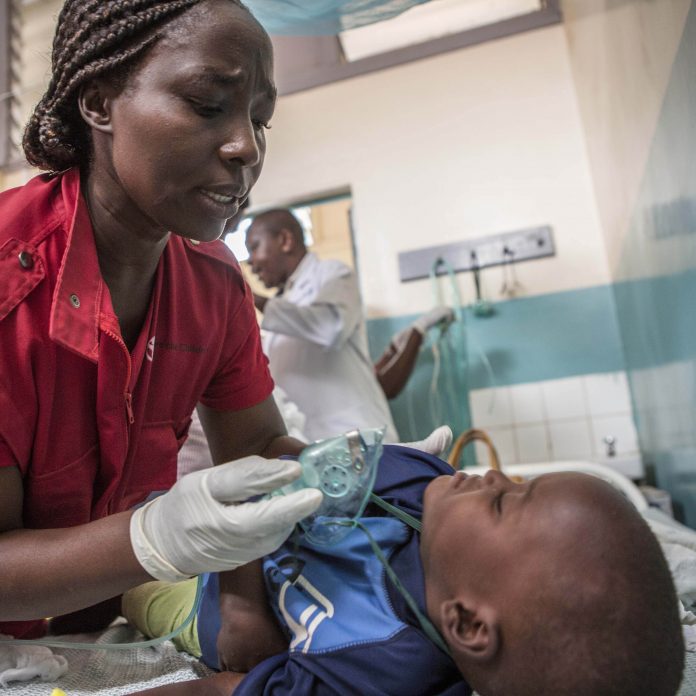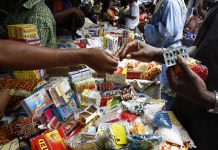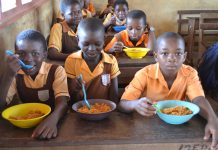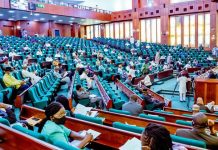An Analysis by Keith Klugman
(This week has been particularly significant for health watchers in Africa and indeed, around the globe. The global community marked World Pneumonia Day on November 12 and two days after, on November 14, it marked World Diabetes Day. News in Africa Online decided to cull this fine analysis by an expert in the problem of pneumonia, Keith Klugman)
The number of children who die of pneumonia in Africa each year is staggering. In 2015, a child under five died every two minutes – 920,000 in all – and pneumonia is the leading cause of child deaths around the world.
Our progress in the fight against pneumonia remains inadequate. Deaths from measles, AIDS, malaria and diarrhea, the other four main causes of child mortality, are all being reduced at a faster rate. Progress has been slowest in sub-Saharan Africa, which is the cause of greatest concern.
Pneumonia is a disease that cannot be tackled in isolation. As with so many diseases, our unifying advocacy call to ‘Stop Pneumonia’ is underpinned by complicated and challenging issues which often vary from country to country, and even from town to town. Although the challenges vary considerably, one aspect has remained remarkably consistent: pneumonia is a disease of poverty. Unfairness and inequity are at the heart of pneumonia deaths. A child from a wealthy background in Nigeria, for instance, is 15 times more likely to be vaccinated against pneumonia than a child from a poor household.
Closely linked to poverty’s impact on pneumonia is the risk of malnutrition. Pneumonia often unmasks vulnerability in children who are undernourished, compounding the chances that pneumonia will stunt or kill our youngest. Tragically, a severely malnourished child is nine times more likely to die from pneumonia than one who is well-fed.
Inequity in the availability of medical treatment also greatly affects our ability to treat children who have contracted pneumonia. The disease is most effectively treated by the antibiotic amoxicillin, but this is not always widely available to those who need it most.
Fewer than 60 percent of the medical facilities in Tanzania, Kenya and the Democratic Republic of Congo have a readily available source of amoxillin. In Uganda, the number of medical facilities with access to amoxicillin falls to less than a quarter.
Pollution, too, may play a role in the likelihood of children contracting pneumonia. Children breathe twice as fast as adults, meaning that they take in far more air relative to their bodyweight. This can put a strain on their lungs if they live in a polluted environment. In sub-Saharan Africa, more than eight in 10 households use biomass energy sources in their homes that release soot. Breathing this in at home may put children at risk of contracting pneumonia.
It can become a daunting task to stop pneumonia. There are so many issues to address if we are truly to stop pneumonia deaths, and the scale of challenge is a little scary. While it is extremely difficult to simultaneously drive progress in all of the areas impacting pneumonia, one tool in our inventory is particularly powerful: vaccines.



